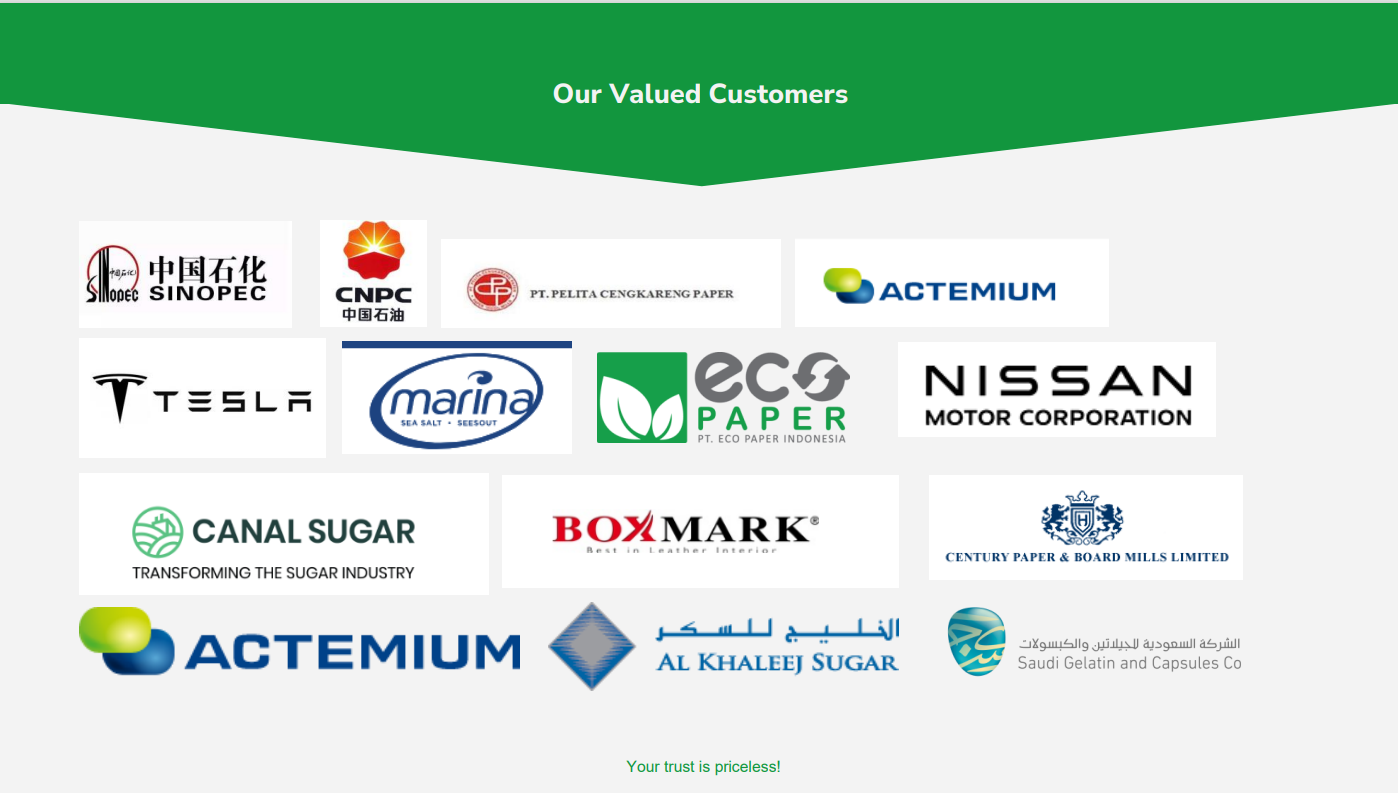There are several types of DAF tanks available. The choice depends on the characteristics of the water to be treated, the treatment requirements, and other specific conditions. Common types include horizontal-flow and vertical-flow tanks, square and circular layouts, as well as integrated designs that combine…
Read More
Solid Liquid Separator (152)
Adjust the dosage of coagulant based on the flocculation condition in the reaction tank and the effluent quality of the DAF unit, taking care to prevent clogging of the dosing tank. Observe the water surface in the DAF tank. If large bubbles appear in the…
Read More
Dissolved air pump flotation technology is a new type of flotation technology developed in recent years. This technology overcomes the disadvantages of conventional DAF systems, such as the need for multiple auxiliary devices, high energy consumption, and the production of large bubbles in vortex flotation…
Read More
In mineral processing, the efficient operation of a vibrating screen directly affects screening accuracy, production efficiency, and equipment lifespan. To ensure long-term stable performance, special attention should be given to the following aspects: Screen Mesh Management Regular wear inspection: Enlarged or damaged mesh openings will…
Read More
The probability vibrating screen classifies materials using screen apertures that are significantly larger than the target particle size. It consists of a frame, a group of multi-layered screens overlapping each other with increasing slope from top to bottom and decreasing aperture size, and two vibration…
Read More
Contact us

The high-efficiency multi-frequency vibrating screen is typically used for safety screening of raw materials or finished products before packaging. Equipped with a high-frequency vibration motor, the material undergoes three-dimensional rotary motion on the screen surface under the force of the vibration source. This motion effectively…
Read More
The S49 three-dimensional vibrating screen is a screening device specifically designed for particle size classification, impurity removal, and solid-liquid separation. Its biggest advantages are: Wide range of applications High screening efficiency Integrated tensioned screen design for long service life and easier screen replacement Capable of…
Read More
Vibrating Screen Screening efficiency is an important indicator for evaluating the effectiveness of a screening operation. It reflects how effectively materials are separated during the screening process. The calculation of screening efficiency involves several parameters, including the feed weight, the weight of the undersize material,…
Read More
I. What is Vibrating Screening? Screening is the process of classifying loose materials into different size grades using screen apertures. Through mechanical vibration or motion of the screening surface (screen mesh or screen plate), particles smaller than the apertures pass through (undersize), while particles larger…
Read More
Mechanical bar screens are used in large-scale wastewater treatment plants, offering a high degree of automation. Common types include chain-driven, wire rope-driven, and others. Selection Guide: → Based on Water Quality Characteristics: High Sand Content → Wire Rope-Driven Type High Fiber Content → High Chain…
Read More
1. High-Chain Type Mechanical Bar Screen Structure: Drive unit + synchronized chains + bar rack. The rake moves along guide rails to remove debris. Application Scenarios: Deep pit wastewater treatment (e.g., collection wells); highly effective in removing long fibers and ribbon-like materials. Advantages: All transmission…
Read More
Basic Classification and Working Principle 1. Classification by Debris Removal Method: Manual Bar Screen Suitable for small-scale wastewater treatment stations. It features simple construction and flexible installation, typically offered in two standard formats: bar-type and mesh-type screens. Mechanical Bar Screen Designed for large-scale wastewater treatment…
Read More